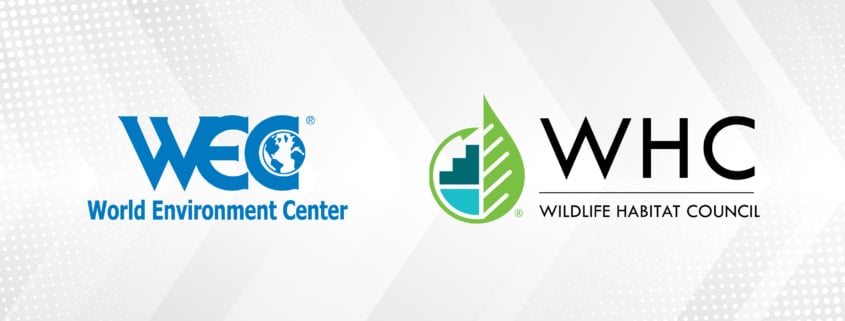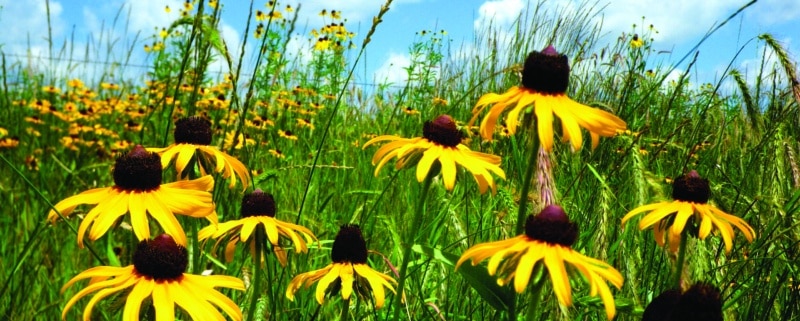Update on the Combination of Wildlife Habitat Council and World Environment Center
Summer 2024
In early 2024, it was announced that WHC and World Environment Center (WEC), two leading NGOs working with business on sustainability and nature programming, entered into an agreement to combine the two organizations.
The new organization will be positioned as a leader working at the intersection of business and sustainability, offering meaningful private sector value through proven approaches in nature, water, climate resilience and social impact. Through technical acumen and thought leadership, the new organization will deliver value through solutions and support for a wide range of corporate sustainability efforts – from operations to the C-suite, all under the same roof. Read the press release about the combination here.
For the past 6 months, groups of board members and staff from both organizations, alongside trusted professional partners, have been diligently working in parallel on several key initiatives. These include the formation of an official strategic plan, crafting a robust communications strategy, developing a new brand identity, and enhancing governance structures.
As we continue to progress on these fronts, the collaborative efforts and dedication shown by all involved are paving the way for a promising future as one organization. We look forward to sharing more updates as we move forward with enthusiasm and optimism.
The following is a list of questions and answers to assist you in navigating this exciting time in the history of WHC and WEC.
When will the new organization officially launch?
We expect to introduce the new combined organization in Q1 2025. Along with a new name and brand identity, expect an invigorated website, expanded value proposition, and a new mission and vision. In the meantime, both WHC and WEC continue to operate under their respective brands.
What can we expect from the new organization?
With the expertise of the two organizations, and their combined 75 years of experience, the new NGO will expand opportunities for best-in-class collaborations with companies to halt and restore nature loss, improve water stewardship, enhance climate and community resilience and support the transition to a circular economy. This combination will also include WEC Europe e.V., which will continue to serve as the Global Thought Leadership hub for the future global organization.
What is the geographical footprint of the new organization’s operations?
Officially, the headquarters of the new organization will be in Washington, D.C., with offices in Bethesda, Maryland U.S.A. WHC and WEC currently operate with a dispersed workforce, and the new organization will continue this practice. The new organization will support members across all continents with official operations in the U.S, Europe (as WEC Europe e.V., based in Germany) and Latin America (in El Salvador and Peru).
Who will lead the new organization?
Margaret O’Gorman has been named CEO of the new organization. Currently, Margaret is undertaking the dual roles of CEO and President of WEC, and President of WHC.
What’s happening with funded projects?
All work related to funded projects of both organizations — currently underway or scheduled— will continue without interruption, even during the Q1 transition.
What will happen with the WEC Gold Medal?
The 2024 WEC Gold Medal event, commemorating 40 years of recognizing sustainable business excellence will take place on November 13, 2024. This year’s Gold Medal awardee is Carrier Corporation. Read more about the Gold Medal Award here.
Will there be a Conservation Conference in 2025?
A rebranded WHC Conservation Conference will be held June 4-5 in Detroit, MI, with the exceptional speakers, sessions and networking opportunities attendees have come to expect from our signature event. Call for speaker nominations open in the Fall of 2024.


